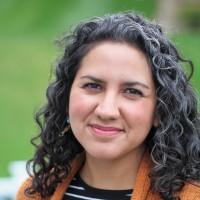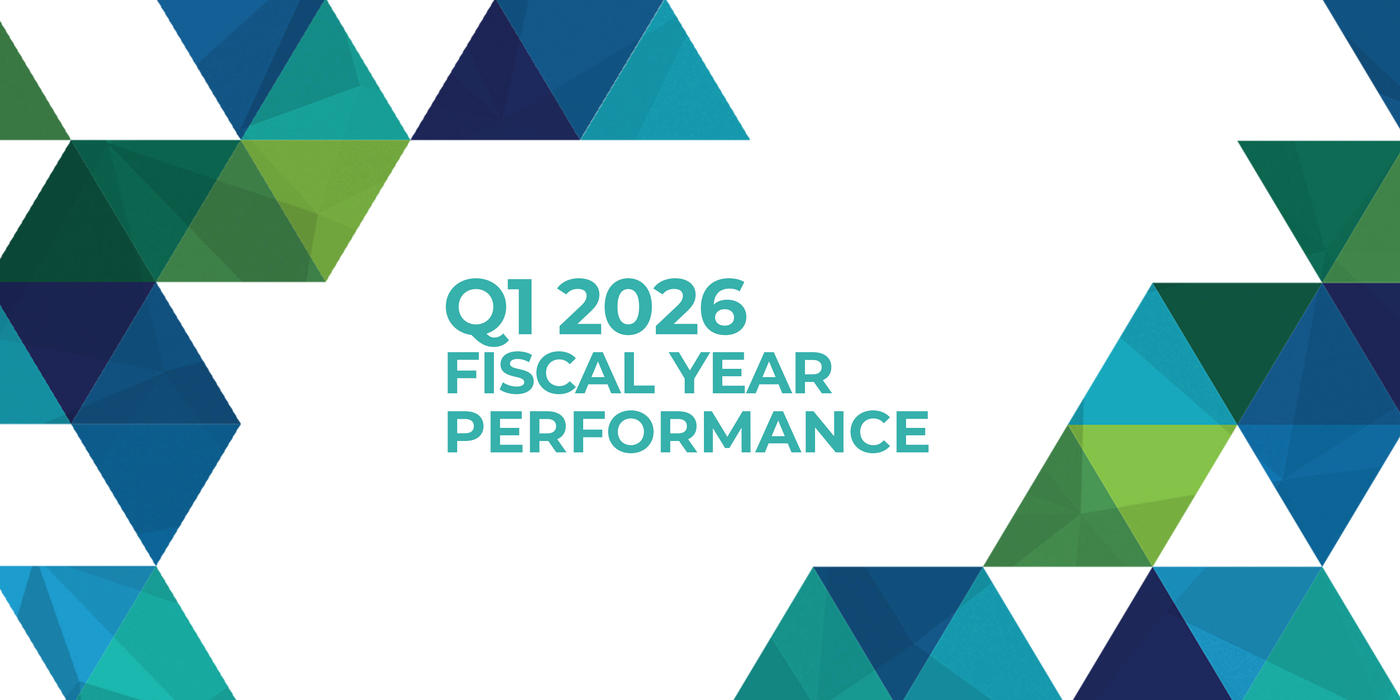By leveraging open educational resources for undergrads, Chamberlain and Walden universities improve access to higher education.
It’s an open secret that traditional undergraduate students don’t always buy a course textbook. In a 2021 national survey, 65% of students said that cost stood in the way, even though 90% were concerned not having a book would harm their grade.
“When students have to choose between paying for tuition and paying for a textbook, they don’t purchase the textbook,” says Gaby Johnson, academic program coordinator in the Walden University School of Interdisciplinary Undergraduate Studies. “Then it becomes a learning problem in the classroom.”
One way to address these challenges, especially for broadly offered general education courses, is to use open educational resources. OERs are materials in the public domain or with Creative Commons licenses that allow educators to offer high quality materials to students for free, or at a low cost. They include digital textbooks, lectures, learning activities, and assessments.
Benefits of Open Educational Resources
Sometimes students delay getting books they need while they wait for financial aid, which delays learning. In addition to cost savings, students can access OERs on the first day of a course. “While traditional publishers offer various digital forms of ‘first day access,’ which are embedded into an online course, they only add to the total student fee bill, and the cost is sometimes not refundable if a student withdraws from the course,” reports Dr. Nina McCune, associate dean of inclusive teaching and learning environments and Walden. Because there is minimal impact to overall student cost, OERs can save students hundreds of dollars. One study through the Louisiana Library Network estimates a student cost savings of $34.5 million across the state’s 2- and 4-year public colleges and universities.
There are other benefits on top of cost savings.
“Because OERs are modifiable, they tend to be more up to date than a textbook where you have to wait two years to buy a new edition,” says Johnson. “OER materials can also help support culturally relevant and socially just curriculum and pedagogy.”
As digital assets, they are also designed to support accessibility to learners who are differently abled, for example, by working with screen readers. Often the resources they link to are also accessible.
Shifting to OER for Walden General Education Courses
Given the availability of free, high-quality resources for general education courses, Walden’s School of Interdisciplinary Undergraduate Studies is transitioning to OER wherever possible, and many courses use free OER instead of textbooks that students are required to buy.
“For our public speaking course, we just switched from a paid textbook to an open educational resource textbook, and honestly, it covers the same material just as well. It’s just this textbook is free instead of $100,” Johnson says. “That’s the only difference.”
Still, Johnson will be looking closely at the data to see if grades and term-to-term retention improve with the use of OERs.
Improving the Use of OER
To expand Walden’s ability to improve student success with OERs, the university is participating in a yearlong Institute on Open Educational Resources—one of only 48 higher education institutions selected by the American Association of Colleges and Universities. “This is such a great opportunity to think about how OER materials can improve the student experience at Walden,” says Dr. McCune, “especially as we continually reinforce our university-wide community of care, where we support students by responding in tangible, positive ways.”
OER have already been the subject of a Walden PhD in Education dissertation: “Online Textbook Use and Online Student Success Rates in Community College.” Dr. Diane Hilbert’s study looked at an American history course to see if replacing a hardcopy textbook with a free one online had an impact on student success. The 2020 graduate found higher passing rates for African American, Asian, and Hispanic students in the course section that used OERs.
“These results indicate that providing the online textbook as compared to the traditional hardcopy textbook increased student success rates for online learners, as well as increasing student success rates by ethnicity,” she wrote.
Associate Dean Dr. Angela Gaddis is also working to locate OER for Walden’s Bachelor of Social Work program. “It’s a very real issue for our students, so we’re working on a database of free resources for our faculty to draw from,” she says.
Aligning OER with Curriculum at Chamberlain University
Dr. Joshua Francis, who oversees the general education curriculum for Chamberlain University’s Bachelor of Science in Nursing program, was hesitant at first to adopt OER. However, as he studied it and saw improvements in the quality and verification of content, he realized the benefits for students and the university.
“If you’ve ever hunted for textbooks, you know it’s always hard to find the perfect one. You always find a book that’s good enough,” says Dr. Francis. “We’re moving away from the mindset of having students utilize portions of a textbook and are recommending them only as a resource.”
He notes that in sciences and English in particular, Chamberlain has developed resources to accompany its Personalized Learning Platform. “We are trying to find ways to build content that is specific to our academic outcomes and the needs of our students,” he says.
That process starts with the learning outcomes, such as what a nursing student needs to know about the respiratory system. Chamberlain then identifies faculty members who are scholars in a subject to develop materials using resources like peer-reviewed academic journals.
“Students appreciate when they see strong alignment between our content and the learning platform and their tests,” he says.
Overcoming Barriers
One OER provider, OpenStax, reported their textbooks being used during the 2021-2022 academic year by 6.4 million high school and college students for a savings of $440 million. However, there are barriers, including perceptions about quality and confusing licensing and attribution arrangements. Dr. McCune hopes that participating in the institute helps Walden address those barriers.
“Another barrier for an institution like Walden is that OERs tend to be very popular for associate and bachelor’s degree course materials, and not as common for specialized topics in master’s and doctoral programs,” says Dr. McCune. “Our goal is to continue finding ways to bring Walden’s mission of access to life for the success of all our students.”
In addition to Johnson and Drs. McCune and Gaddis, Drs. Stacy Ness and Kirsten Lupinski are participating in the OER institute.







